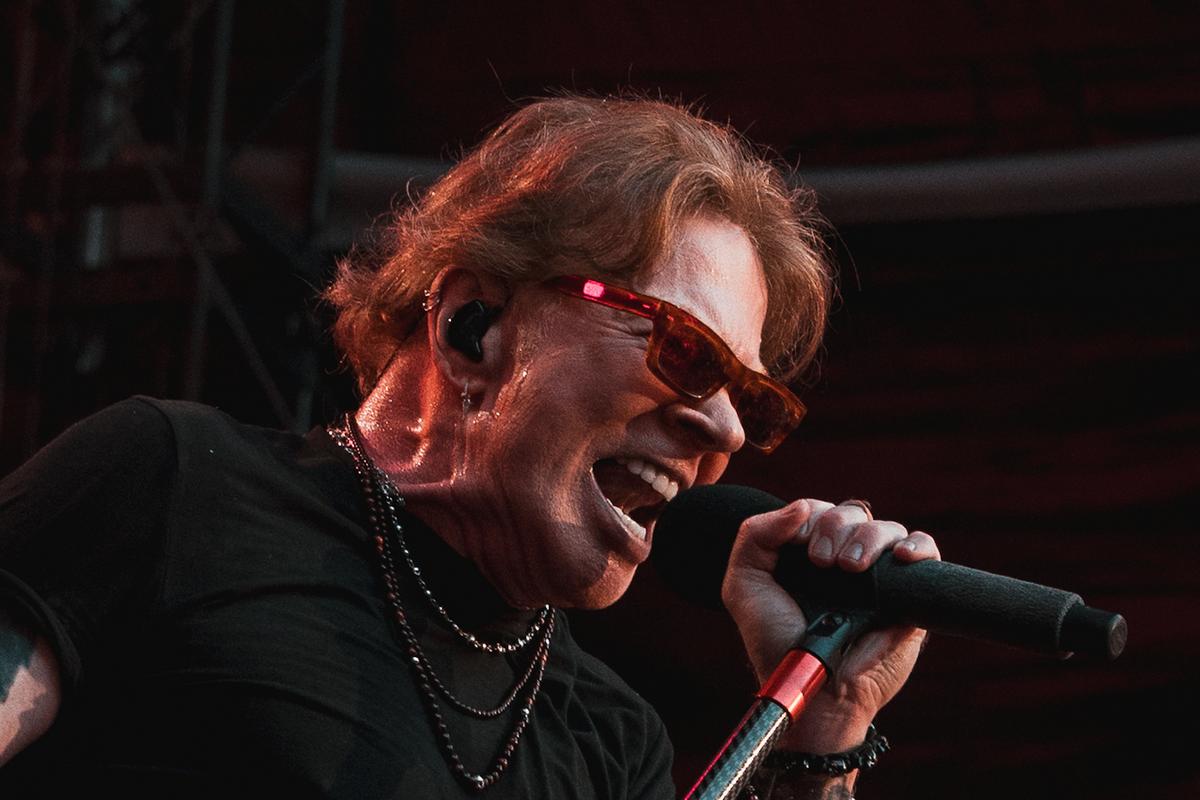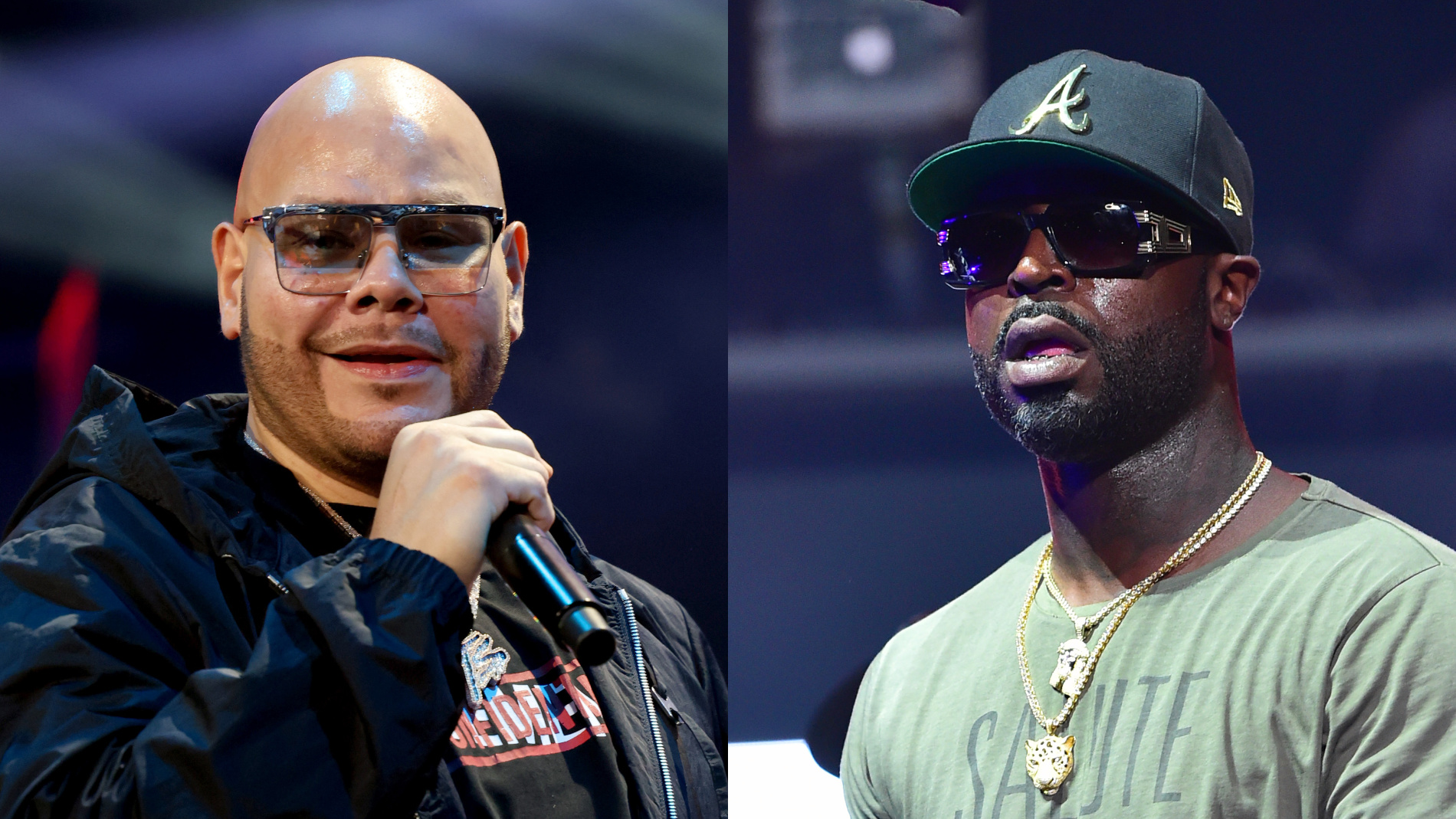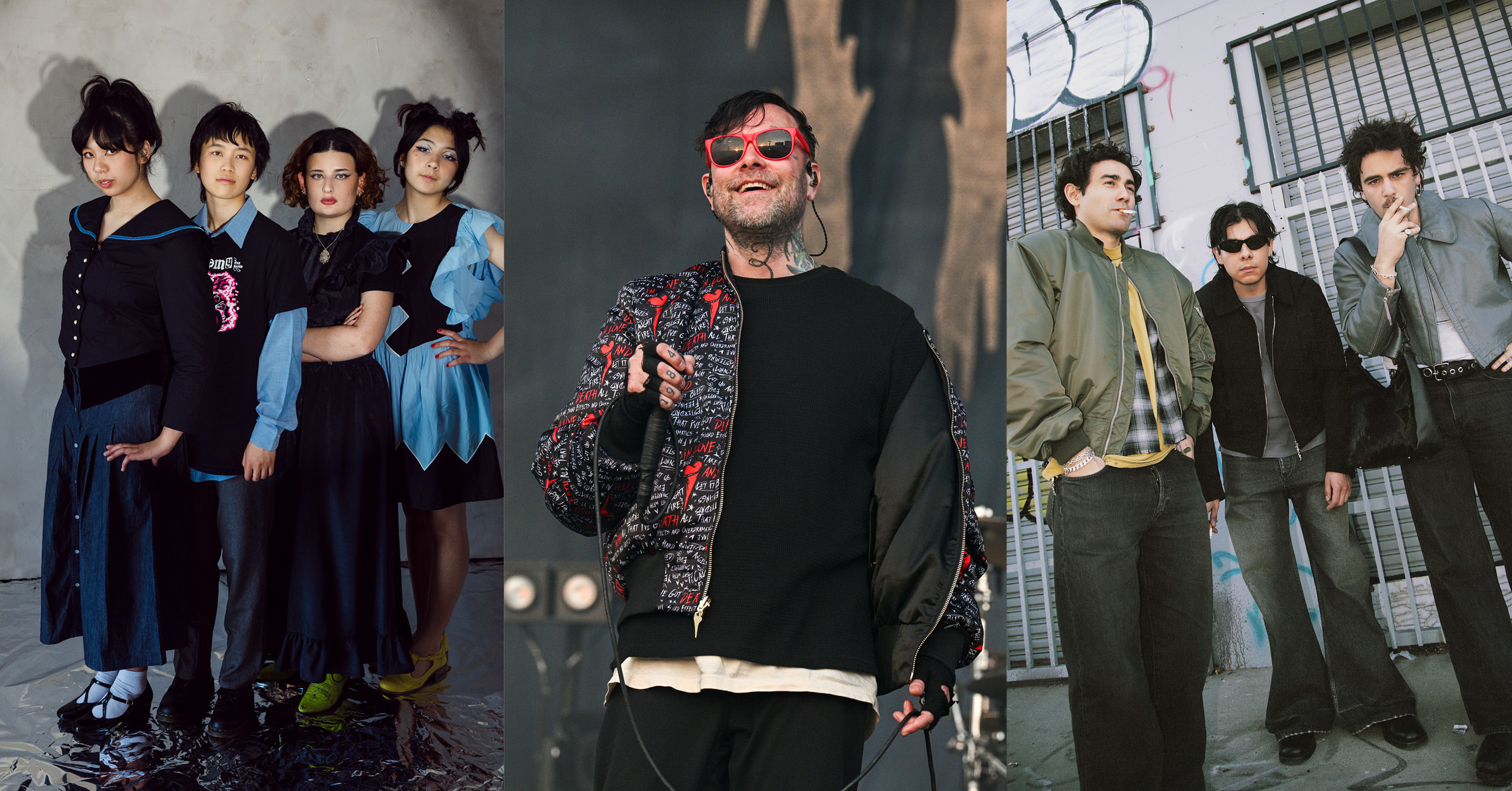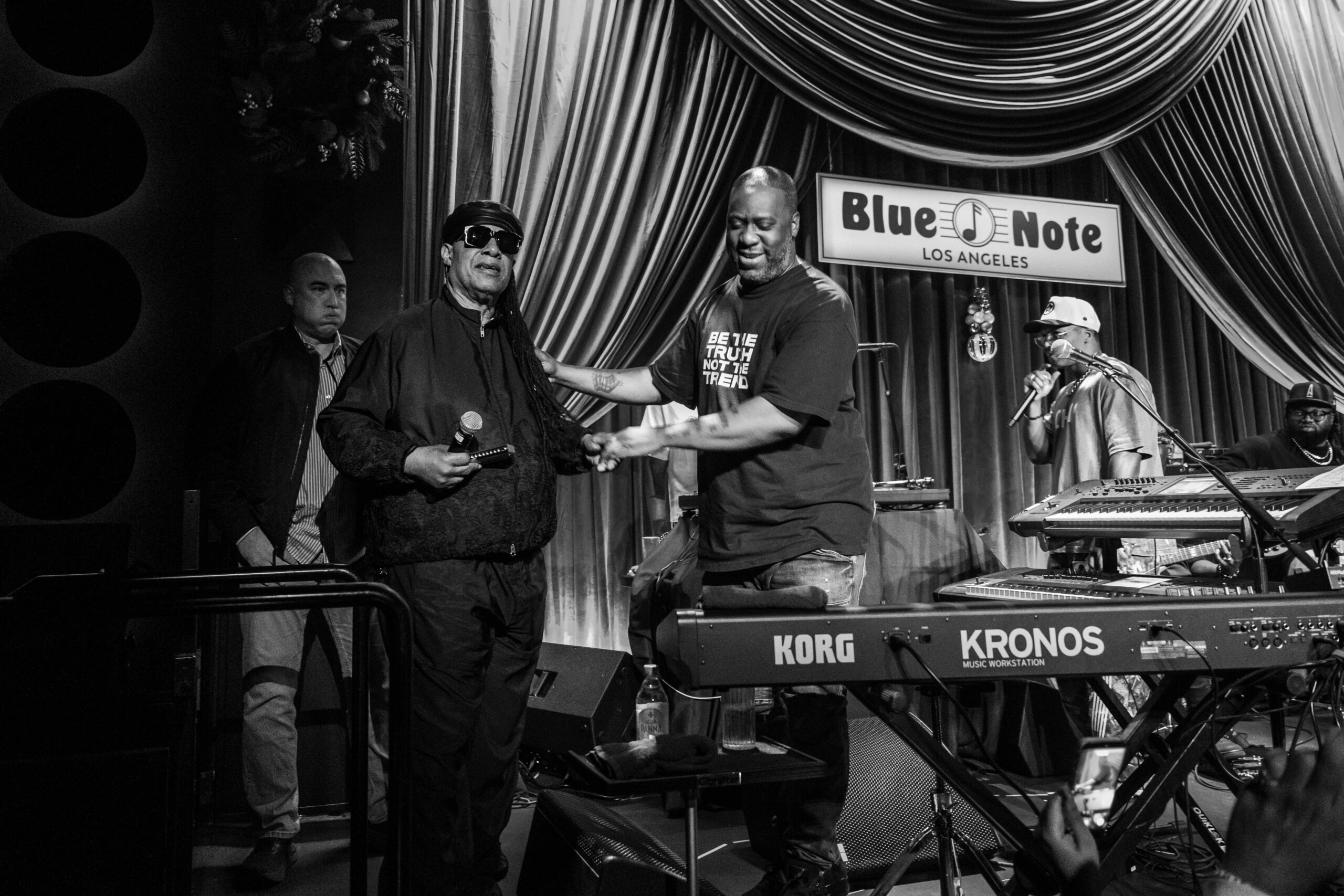A hotel chef in Peru was allegedly fired after taking a photo with Guns N’ Roses frontman Axl Rose.
Richard Perez Cuzcano was working as a chef at the Marriott in Lima when Guns N’ Roses were in town for their Nov. 5 show at Estadio Nacional. He has idolized Rose since he was young, according to the news publication Bajo Piura Noticias.
Cuzcano prepared several meals for Rose during his stay at the hotel and eventually requested a photo with the singer. Because the Marriott apparently has a strict rule set in place for employees that prohibits them from taking pictures with guests or interacting with them outside of their regular job responsibilities, the chef was dismissed from his position for violating the rule.
He’d worked at the hotel for over a decade but admitted the experience was worth the consequences.
Bajo Piura Noticias reported that Cuzcano wrote on social media, “I was the chef at the restaurant and I took a picture with Axl Rose himself after cooking for him. Yesterday, I was fired for breaking that rule. Was it worth it? It was and it will be until my dying day” [translated via Google Translate].
The photo with Rose is pinned on his Instagram and has a bit of a different caption, so it’s unclear if Cuzcano edited the text or if he’s since returned to the Marriott.
READ MORE: Axl Rose Responds to Fan Requesting Deep Cut During Guns N’ Roses Show
The current caption features lyrics to the song “November Rain” followed by, “How do I explain to my child that this will happen in a few years, that a day will come that he will become a cook and a night will cook like never before for W. Axl Rose. And that he will stretch forth his hand. What if it was worth it???? It was worth it, it is worth it and it will continue to be worth it until the last day.”
Loudwire reached out to Cuzcano for comment but has not yet received a response.
A similar situation transpired a little over three years ago when a waitress who worked at the Juma Opera Hotel in Manaus, Brazil was fired for taking a video of Rose on the premises. The hotel apparently had its own restrictions in regards to photographing guests.
Following her dismissal, she was approached by the press outside of the hotel and said, “I’m a big fan, I just wanted you to understand my feeling. I didn’t run to them, I didn’t make a fuss, I served them with great emotion. It’s the best band of all time, it’s our story and that’s for us, it’s not fair.”
Guns N’ Roses: A Photo Timeline of Their Famed Career
Gallery Credit: Lauryn Schaffner







